
Apsectrotanypus is a genus of midges in the family Chironomidae. There are about six described species in Apsectrotanypus.
Macropelopiini is a tribe of midges in the non-biting midge family (Chironomidae).
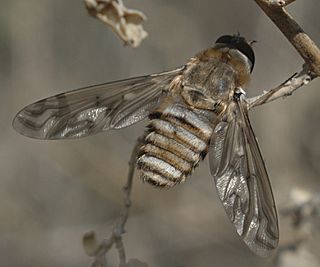
Poecilanthrax is a large, primarily Nearctic genus of flies belonging to the family Bombyliidae (bee-flies).

Chrysomela is a genus of leaf beetles found almost throughout the world, but not in Australia. It contains around 40 species, including 7 in eastern and northern Europe. It also includes at least 17 species in North America, including the cottonwood leaf beetle Chrysomela scripta.

Hesperophanes is a genus of long-horned beetles in the family Cerambycidae. There are about eight described species in Hesperophanes.

Cuterebra, or rodent bots, is a genus of bot flies that attack rodents and similar animals.
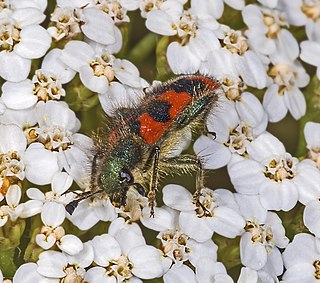
Trichodes is a genus of checkered beetle belonging to the family Cleridae, subfamily Clerinae.
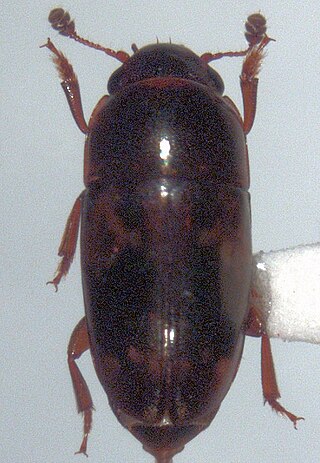
Cryptarcha is a genus of sap beetles, insects in the family Nitidulidae.
Probezzia is a genus of biting midges in the family Ceratopogonidae. There are at least 20 described species in Probezzia.

Hyptia is a genus of ensign wasps in the family Evaniidae. There are at least 50 described species in Hyptia. Most Hyptia can be differentiated from other genera by heavily reduced venation of the forewings, wherein only one closed cell is present.
Penniverpa is a genus of stiletto flies in the family Therevidae. There are about 14 described species in Penniverpa.

Tetropium is a genus of long-horned beetles in the family Cerambycidae. There are at least 20 described species in Tetropium. The genus is sometimes classified in its own monotypic tribe, Tetropiini.
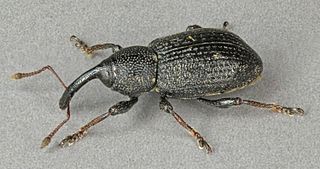
Notaris is a genus of marsh weevils in the family of beetles known as Brachyceridae. There are at least 40 described species in Notaris.
Paracosmus is a genus of bee flies in the family Bombyliidae. There are about five described species in Paracosmus.

Byrrhus is a genus of pill beetles in the family Byrrhidae. There are at least 30 described species in Byrrhus.
Mallochohelea is a genus of biting midges in the family Ceratopogonidae. There are at least 40 described species in Mallochohelea.

Senopterina is a genus of signal flies. There are about 17 described species in Senopterina.
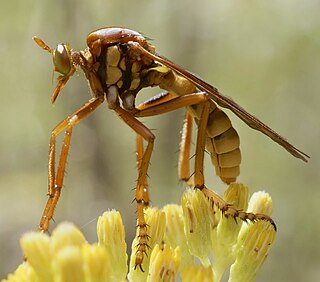
Blepharepium is a genus of robber flies in the family Asilidae. There are about 15 described species in Blepharepium.
Clinohelea is a genus of biting midges in the family Ceratopogonidae. There are at least 40 described species in Clinohelea.














